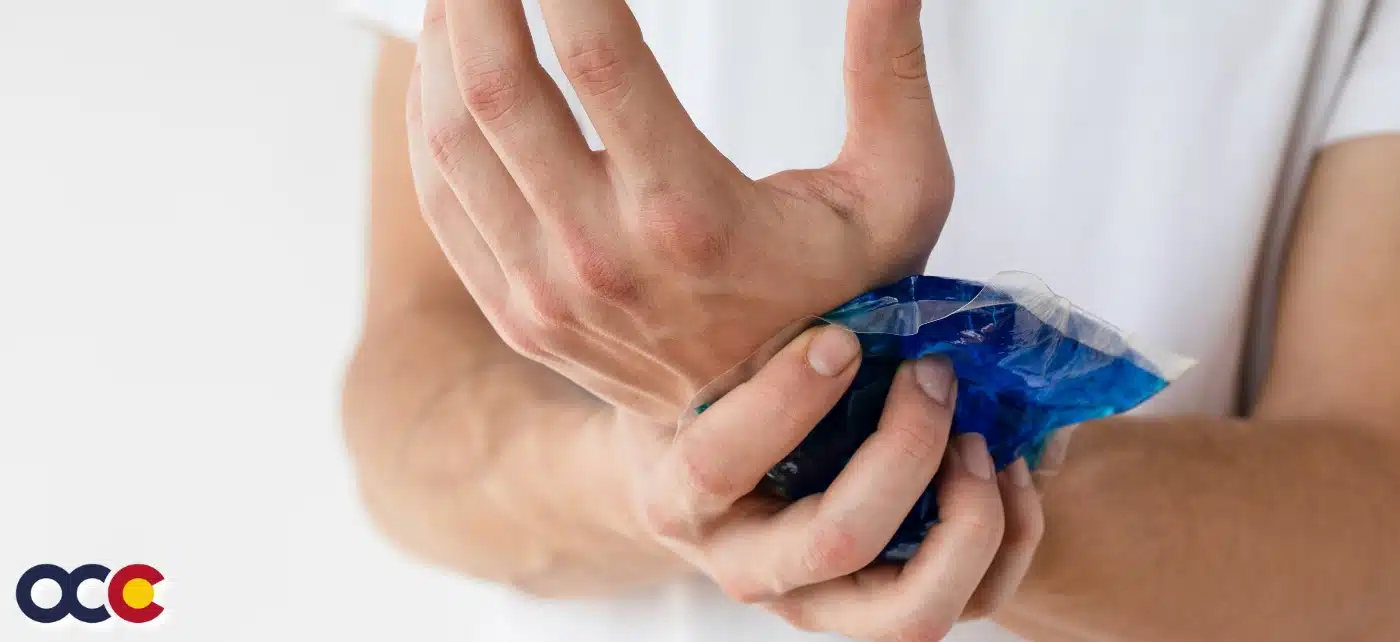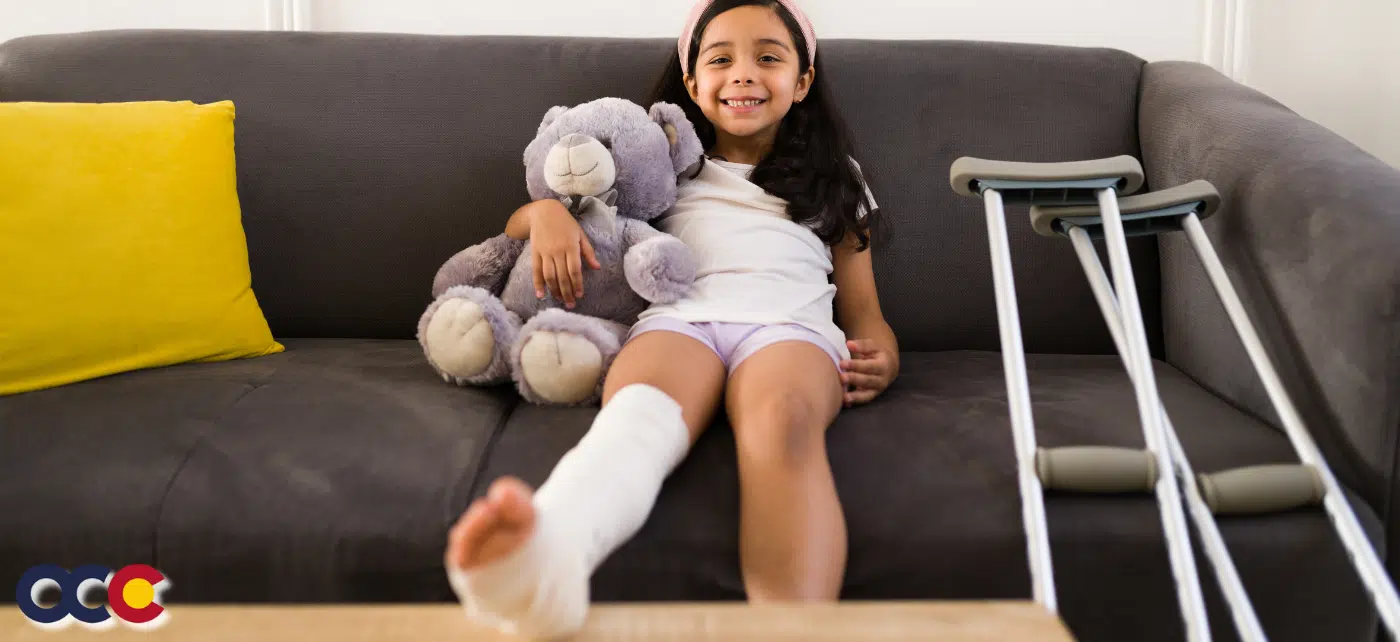Trigger Finger may not sound like a severe condition, but to those who have it, it can be pretty debilitating. Trigger Finger is when the fingers get stuck in a bent position. In some people, Trigger Finger may get better without treatment. However, if it is not treated, there is a chance the affected finger could become permanently bent, which will make performing everyday tasks like buttoning a shirt or inserting a key into a lock difficult. When a finger becomes stuck, the entire function of the hand is affected. In the worst cases, the digit can’t be straightened at all without intervention by an experienced hand surgeon. And the best place to find the best orthopedic specialist is at Advanced Orthopedics in Denver, Parker, and Aurora, Colorado. Before your life gets stuck, you should see someone who can ensure your fingers work how they should.
OVERVIEW
The fingers most affected by Trigger Finger are the ring finger and thumb, but the condition can affect any finger. When it affects the thumb, it is referred to as Trigger Thumb. More than one finger may be affected at a time, and both hands might be involved. It is also called Stenosing Tenosynovitis. Trigger Finger is most common in women over the age of 50. There is a higher risk if someone has diabetes, low thyroid function, or rheumatoid arthritis. Triggering is usually worse in the morning, although it is usually painful throughout the day as the fingers can straighten with a snap suddenly, catching and locking without warning.
FLEXOR TENDONS AND TRIGGER FINGER
Tendon flexors work like long ropes connecting the muscles of the forearm with the bones of the fingers and thumb. Each of the flexor tendons to the fingers and thumb passes through a separate tubular structure called a tendon sheath as the tendon makes its way across the palm and into the digit. Along the tendon sheath, bands of tissue called pulleys hold the flexor tendons closely to the finger bones as the fingers flex and extend. With Trigger Finger or Trigger Thumb, the tendons become irritated, swollen, and inflamed and can no longer easily slide through their sheaths. A bump may also form on the tendon, which makes it even more difficult for the tendon to glide through its sheath easily. When the digit flexes and the thickened nodule passes through the tight pulley, there is a sensation of catching or popping. The finger gets stuck in a bent position—as if squeezing a “trigger.” Thus, the name.
Read more about trigger finger on our new Orthopedic News Site – Colorado Orthopedic News. Schedule an appointment with a hand specialist today.










